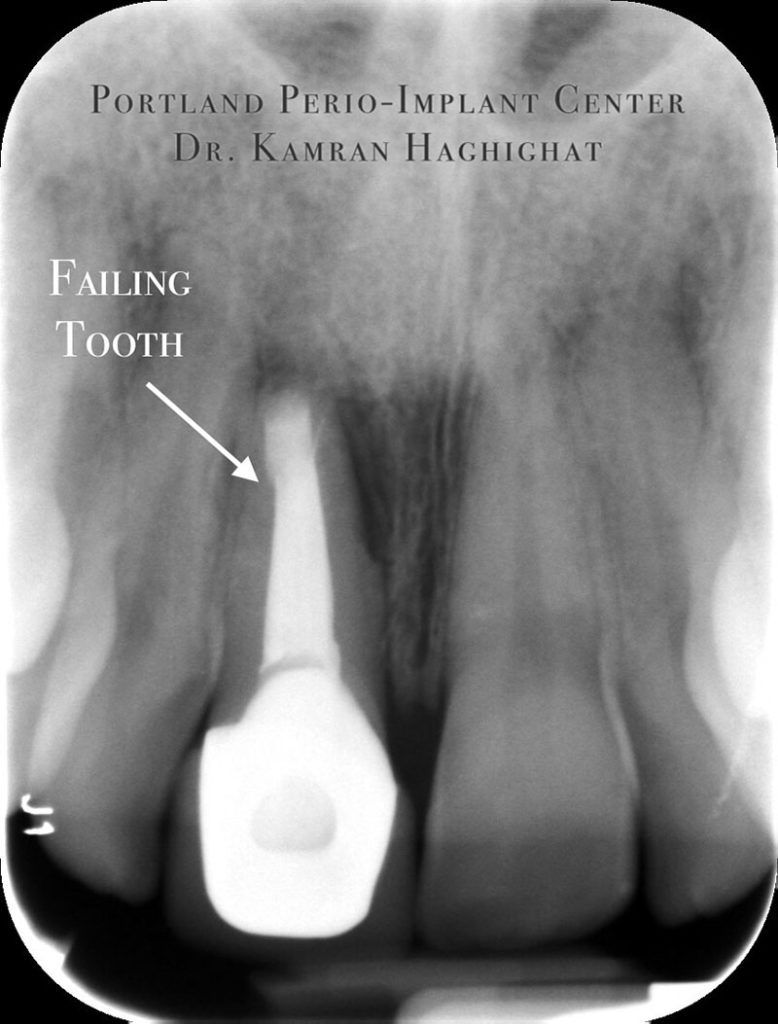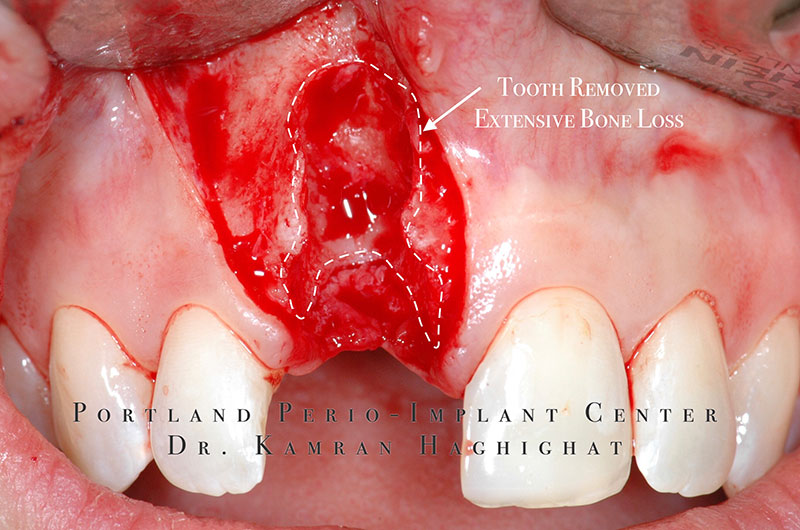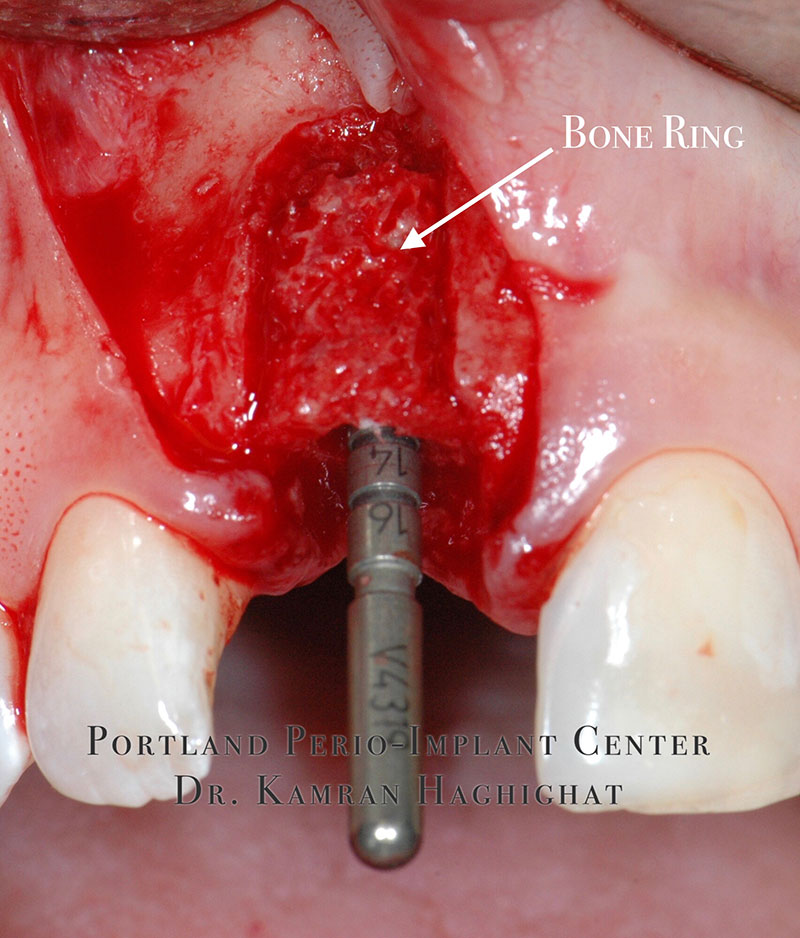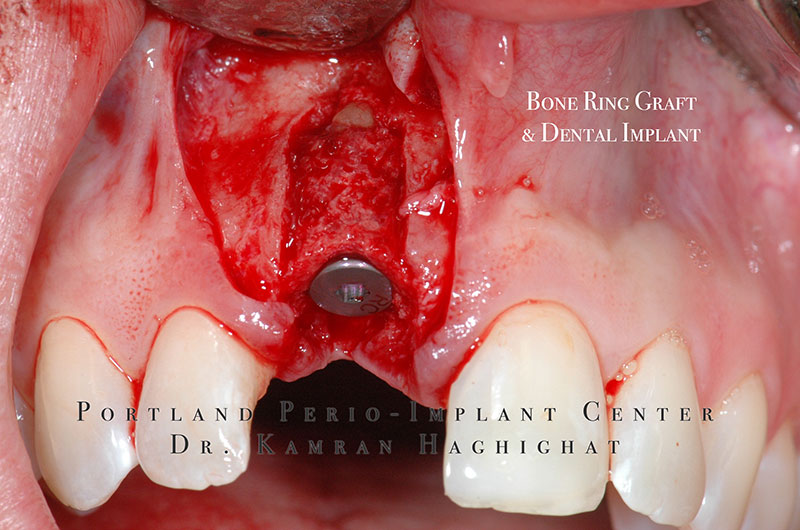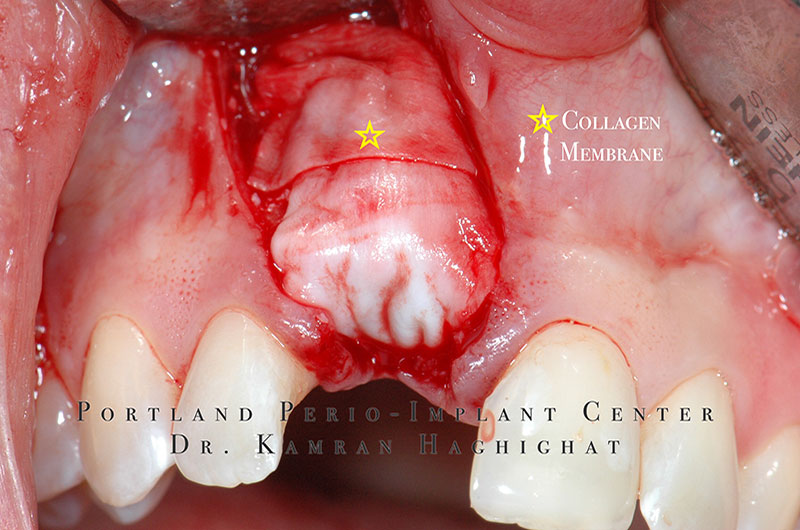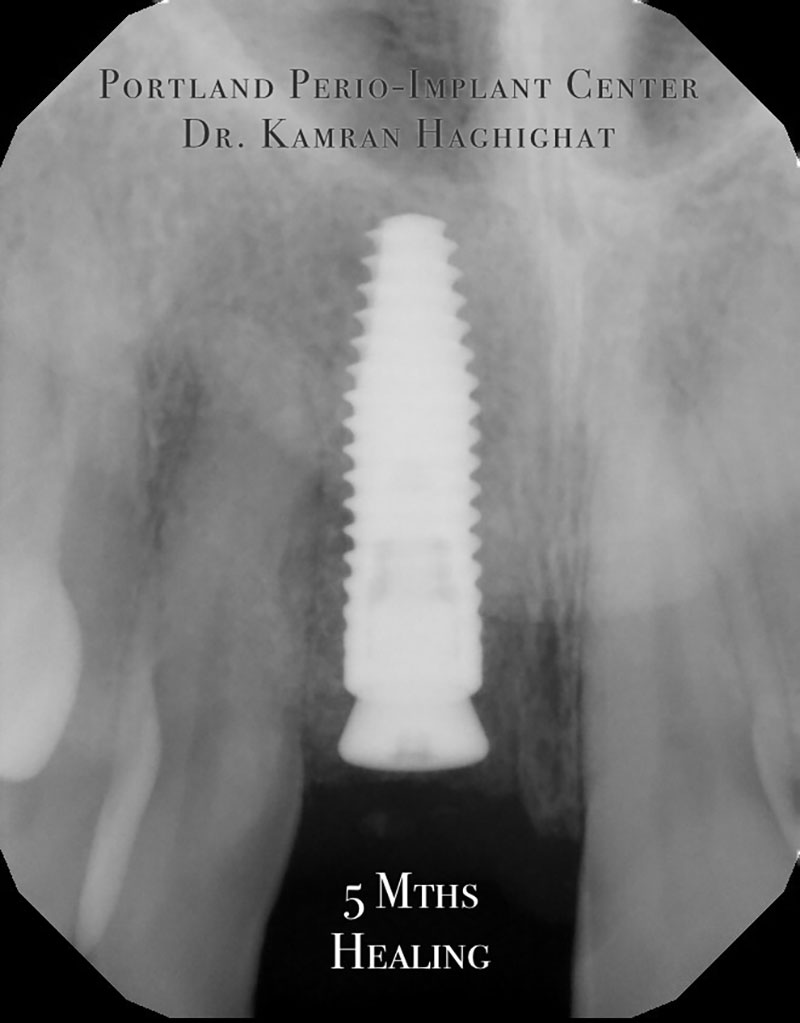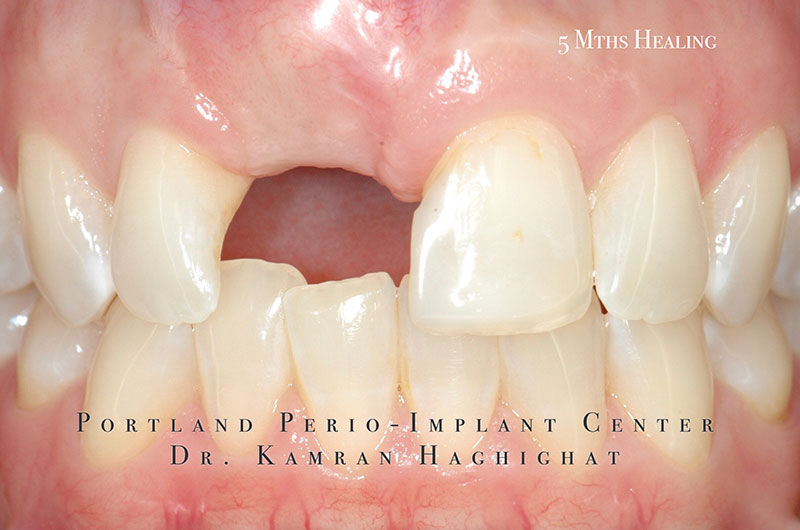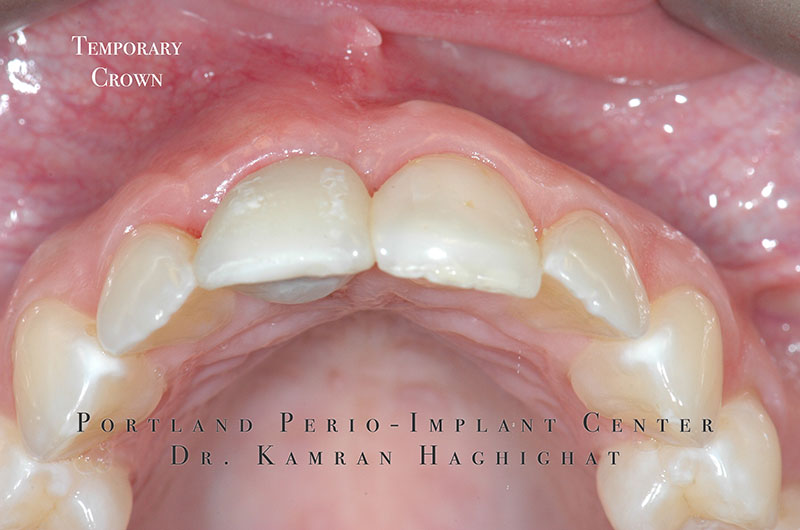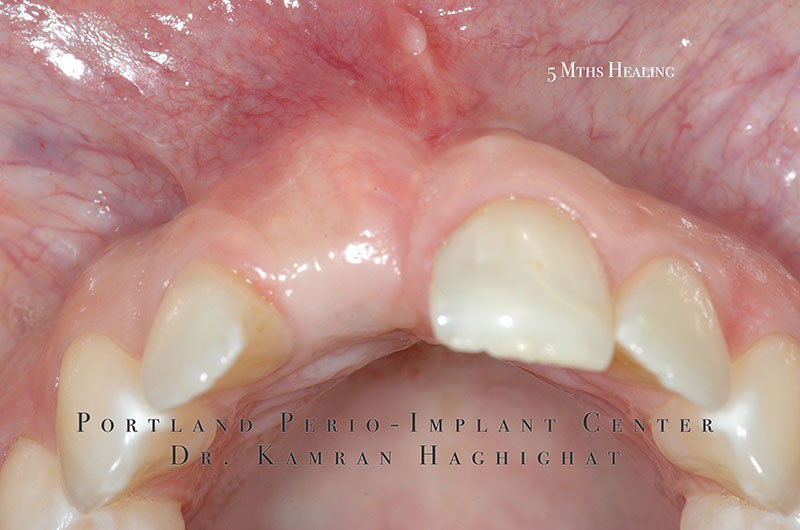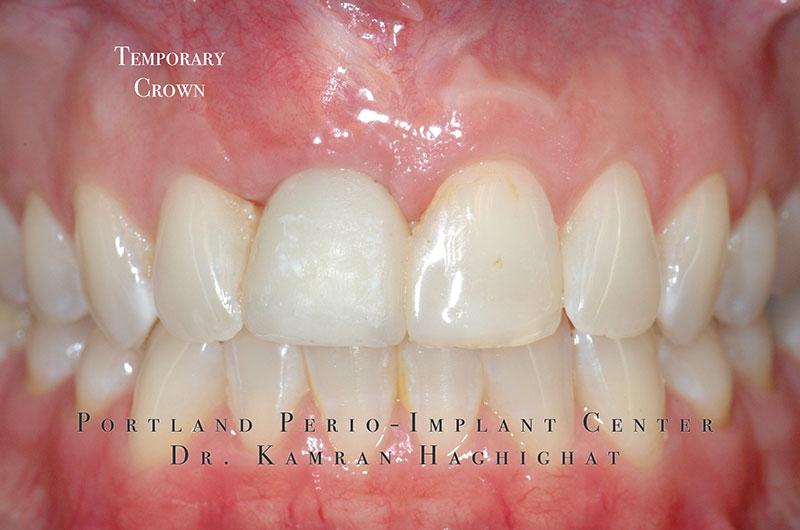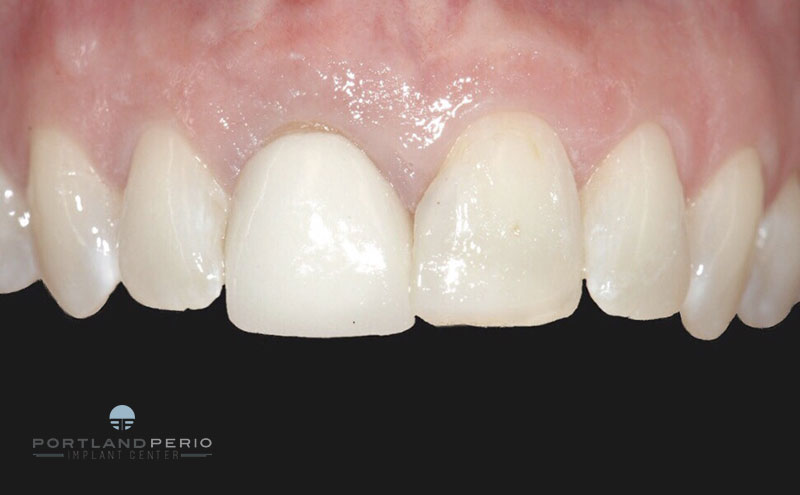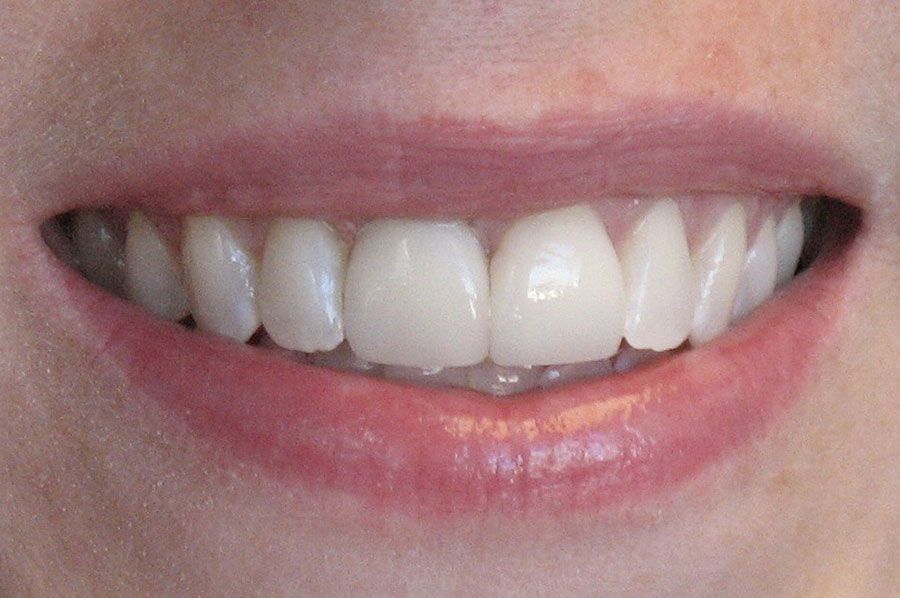
Portland Perio Implant Center is the FIRST center in Oregon to complete the necessary certification training and subsequently implement the Allograft Bone Ring grafting technique when it was introduced to the US market in 2017.
The technique and materials have been available in Europe, where it was developed, for many years. Conceptually the Allograft technique is similar to those previously reported with the autogenous bone cylinder but has the major advantage of reduced morbidity to the patient since a second surgical procedure is not necessary.
Dental implants require adequate bone volume circumferentially. This ensures long-term implant stability, as well as peri-implant soft tissue maintenance and optimal esthetics. It is not uncommon to find large bone deficiencies in sites following tooth loss due to a variety of reasons. Often, surgically advanced, extensive, and technically demanding bone augmentation procedures will be required to create the bony foundation for the planned dental implant. This typically requires a six-month healing period to allow adequate new bone growth before implant placement can be initiated.
The Allograft Bone Ring technique is a grafting technique that requires advanced surgical expertise for correct execution. Its main advantage is enabling simultaneous implant placement and grafting in sites with extensive bone deficiencies. Each case should be properly evaluated for suitability to be treated by this methodology. Numerous cases have since been successfully treated at the Portland Perio Implant Center.
Case Study - Before and After
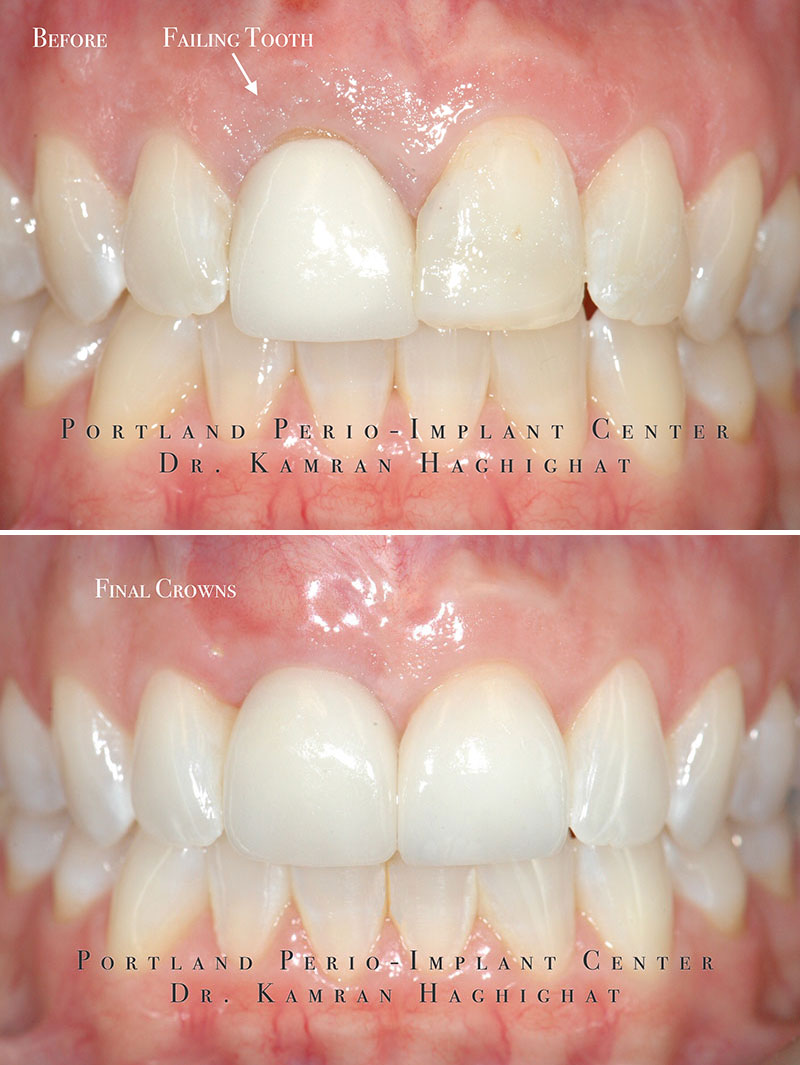
Our patient Lori was referred to the Portland Perio Implant Center for evaluation of a front tooth that was previously traumatized and required removal. Her chief complaint was the esthetics of the front upper right central incisor tooth (#8) that was slightly extruded and had become progressively more mobile. A thorough clinical and radiographic assessment, including a CT scan, revealed extensive bone loss along the facial aspect of the tooth.
In conventional implant therapy, placement of an immediate implant following tooth extraction would not be advisable in such scenarios. Such cases typically follow the staged treatment protocol where bone grafting is performed first, followed by implant placement after a six-month healing phase. Therefore, it becomes an inconvenient and undesirable proposition for patients that need to prepare for therapy that may take as long as one year to complete. With the Allograft Bone Ring technique, treatment times are typically reduced by as much as 4 to 6 months as the implant and bone graft are done simultaneously.
Lori was relieved to hear that our experience with the Allograft Bone Ring method would shorten her treatment time. We were able to remove the failing tooth, immediately place a dental implant, and graft the area.
MORE CASE STUDIES
Following a five-month healing period, prior to the definitive restoration, a temporary implant crown was fabricated to condition the soft tissues and begin the process of creating an esthetically pleasing soft tissue profile. This step in the treatment sequence is critical for establishing a pleasing esthetic outcome. The custom final implant crown was fabricated to the patient’s desires. A CT scan assessment of the allograft BoneRing at 11 months post-operatively revealed excellent stability and quantity circumferential to the implant. An excellent esthetic outcome in an otherwise highly technically demanding case means increased confidence and quality of life. Thank you for trusting us with your beautiful new smile.
Final Crowns

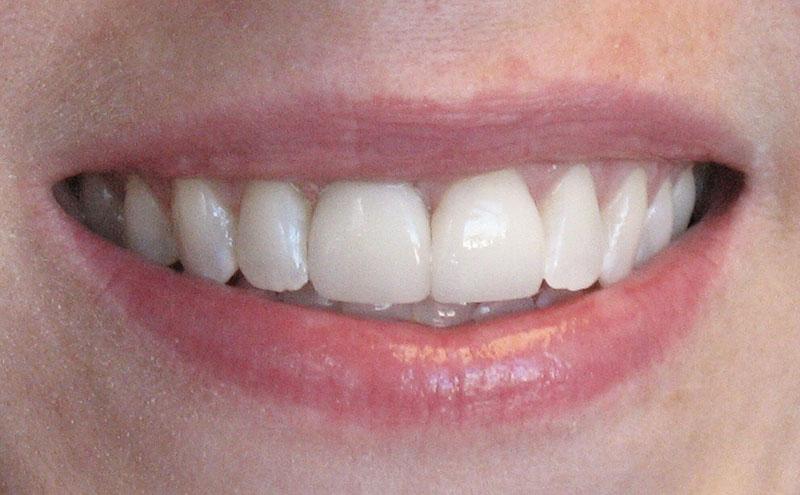
Lori's Beautiful New Smile


DR. KAMRAN HAGHIGHAT
Board Certified, American Board of Periodontology
B.D.S., M.S., P.C.





